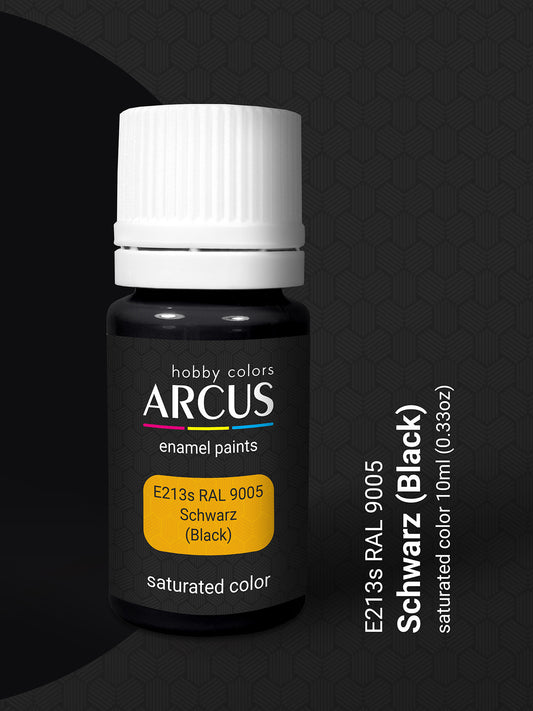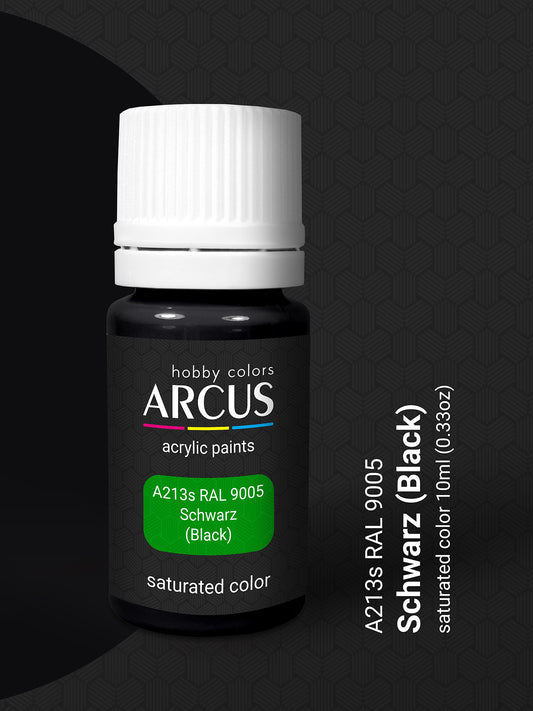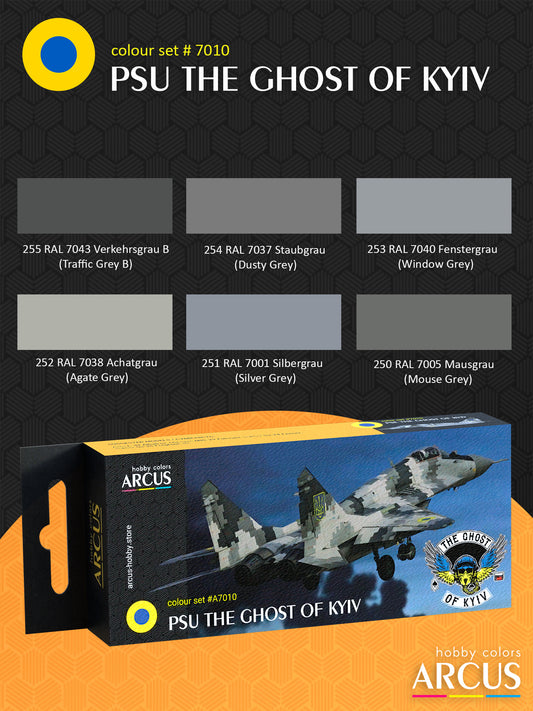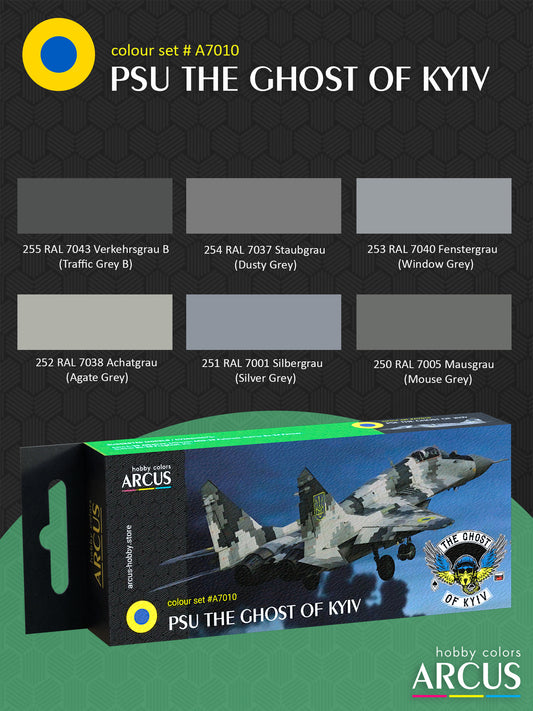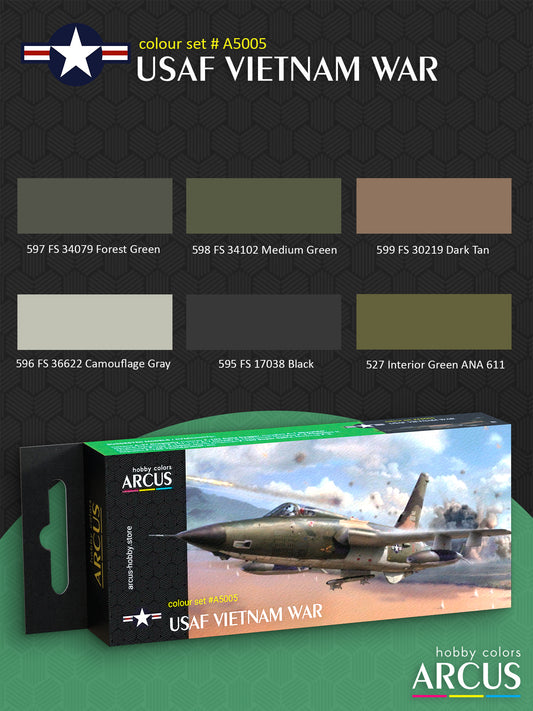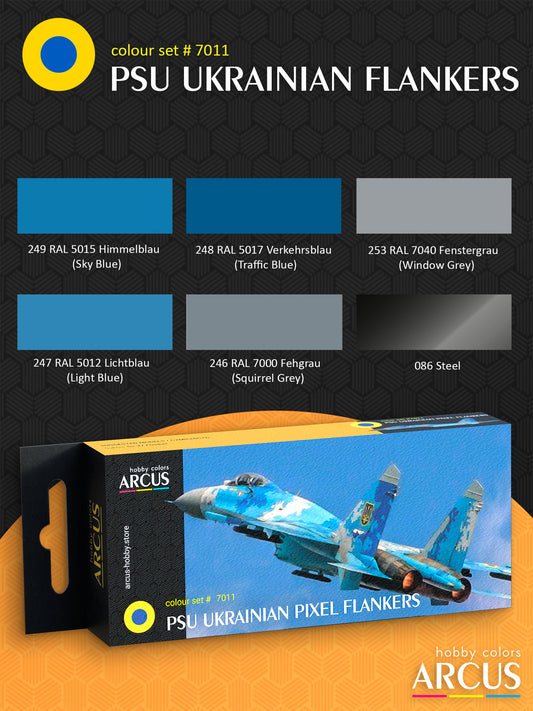After the end of World War I, the German armed forces were disbanded in January 1919. However, in March 1919, the German government decided to create a temporary Reichswehr. After an interim phase, the Reichswehr was officially formed in January 1921. According to the conditions of the Treaty of Versailles in 1919, the size and armament of the military were strictly limited. The German military was only allowed to be used for internal security and the protection of the state's borders. Heavy weapons, such as artillery larger than 105mm, armored vehicles, submarines, and large ships, were prohibited. Germany was also not allowed to have an air force.
Reichswehr in Combat Actions
During the tumultuous early 1920s, the armed forces were mainly used to combat left-wing uprisings, such as the Spartacist uprising of 1919. The Reichswehr left the "national defense" to paramilitary organizations known as Freikorps, where Versailles constraints didn't apply, or where the Reichswehr lacked its own trained units (border skirmishes against Polish and Lithuanian volunteers, operations against the Rhenish Red Army in the demilitarized Rhenish Republic). They collaborated with right-wing nationalist volunteer corps when countering left-wing governments in Thuringia and Saxony in October and November 1923 during the so-called "Reichsexekution". Reichswehr generals maintained close ties with right-wing anti-republican veteran military formations such as the "Stahlhelm" and the "Kyffhäuserbund."
Starting from 1921, in contradiction to the Treaty of Versailles, the Reichswehr secretly attempted to introduce new weapons systems and expand its air forces in cooperation with the Red Army. Germany supported the development of modern technologies and was able to train its soldiers in the Soviet Union.
Germany supported the development of the Soviet industry; commanders of the Red Army received advanced training in Germany. In exchange, the Reichswehr was able to obtain the military vehicles necessary for an army. Aircraft, engineers, and anti-aircraft units were also recruited to Germany. An aviation school was established in Lipetsk. About 120 Soviet pilots and more than 100 air observers were trained in Lipetsk, along with around 30 aviation mechanics. Some aviation courses were held in the USSR. The main purpose of this schooling was to prepare future pilots for the German Air Force.
The occupation of the Ruhr in 1923 highlighted the weakness of the Reichswehr. In November 1923, in response to the attempt to establish a right-wing dictatorship in Bavaria, President Friedrich Ebert (of the Weimar Republic) transferred executive power to the Minister of the Reichswehr, Otto Gessler.
In 1925, the Locarno Treaties and the joining of Germany to the League of Nations resulted in the demilitarization of the Rhineland. By 1930, the influence of the Reichswehr had increased with the presidential cabinets. Franz von Papen and General Kurt von Schleicher contemplated the use of the Reichswehr to overthrow the Weimar Republic.
After the Reichswehr was dissolved in 1935, Adolf Hitler's regime began to rapidly expand the military. The establishment of the Luftwaffe, the German air force, took place on March 1, 1935, in direct violation of the Treaty of Versailles. This was followed by the reintroduction of compulsory military service on March 16, 1935. By this same law, the Reichswehr was renamed the Wehrmacht.
Evolution of Reichswehr Camouflage
Following World War I, it was clear that the solid Feldgrau-colored uniforms were no longer adequate for the changing face of warfare. As early as the summer of 1918, the first orders came to apply a three-color camouflage finish to military equipment. Then, on May 12, 1920, the Supreme Army Command (Heeresleitung) introduced Buntfarbenanstrich, a multi-color coating, for all of Germany's military equipment. This new paint scheme was meant to replace the standard Feldgrau. The Buntfarbenanstrich included green, yellow, and brown colors. Initially, these colors were applied by hand, but later, spray guns were employed for more efficient application.
In 1922, a directive was issued (H.V.Bl. 1922, No. 24) stating that only combat equipment such as special artillery tractors and armored vehicles received the three-color camouflage. All other motor vehicles received a single-color paint scheme. The three-color Buntfarbenanstrich scheme continued in use by the Wehrmacht into the early 1940s, with slight variations in the camouflage patterns depending on the timing of equipment production. This three-color camouflage scheme left an indelible mark on the history of the German military and represents a significant development in camouflage practices.
The German Army's Color Standards
Prior to 1925, the German Army lacked a unified standard for color designations and paint standards. However, on April 23, 1925, the Reichsausschuss für Lieferbedingungen, or RAL (State Committee for Delivery Conditions), was established. Despite being under the supervision of the German Ministry of Economic Affairs, RAL operated as a legally independent organization. Its initial mandate was to ensure product and service quality through appropriate labeling.
In 1927, RAL published its first color standard for general industrial use - RAL 840. By creating a system of standardized colors, it was possible to reduce paint costs due to economies of scale. Emphasis was placed on using local pigments, as imports were limited due to a shortage of foreign currency, and the Reichsmark held little value beyond Germany's borders. Over the following decade, the number of colors expanded to more than 100 shades, as new government organizations such as postal services and railways required additional colors.
In 1927, RAL introduced the RAL 840 B standard, which extended the palette with a new set of 40 colors designed for use in automotive transport. In 1932, an updated version of RAL 840 B was published and was designated as RAL 840 B2 in June to avoid any potential confusion. As time passed, it became evident that this color set was insufficient, and new colors were added through supplementary sheets, known as "Ergänzungsblätter."





